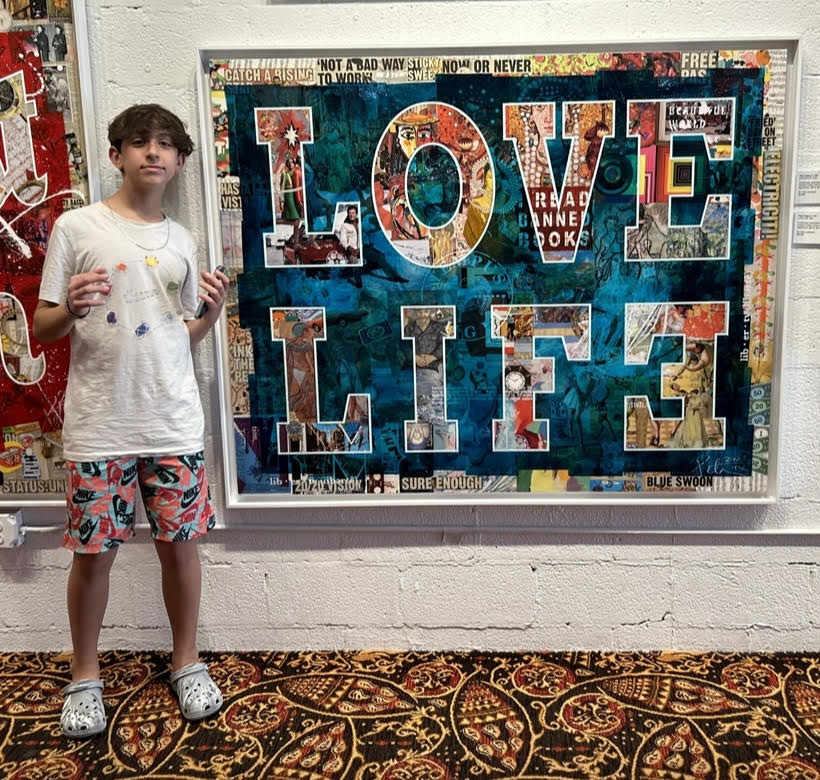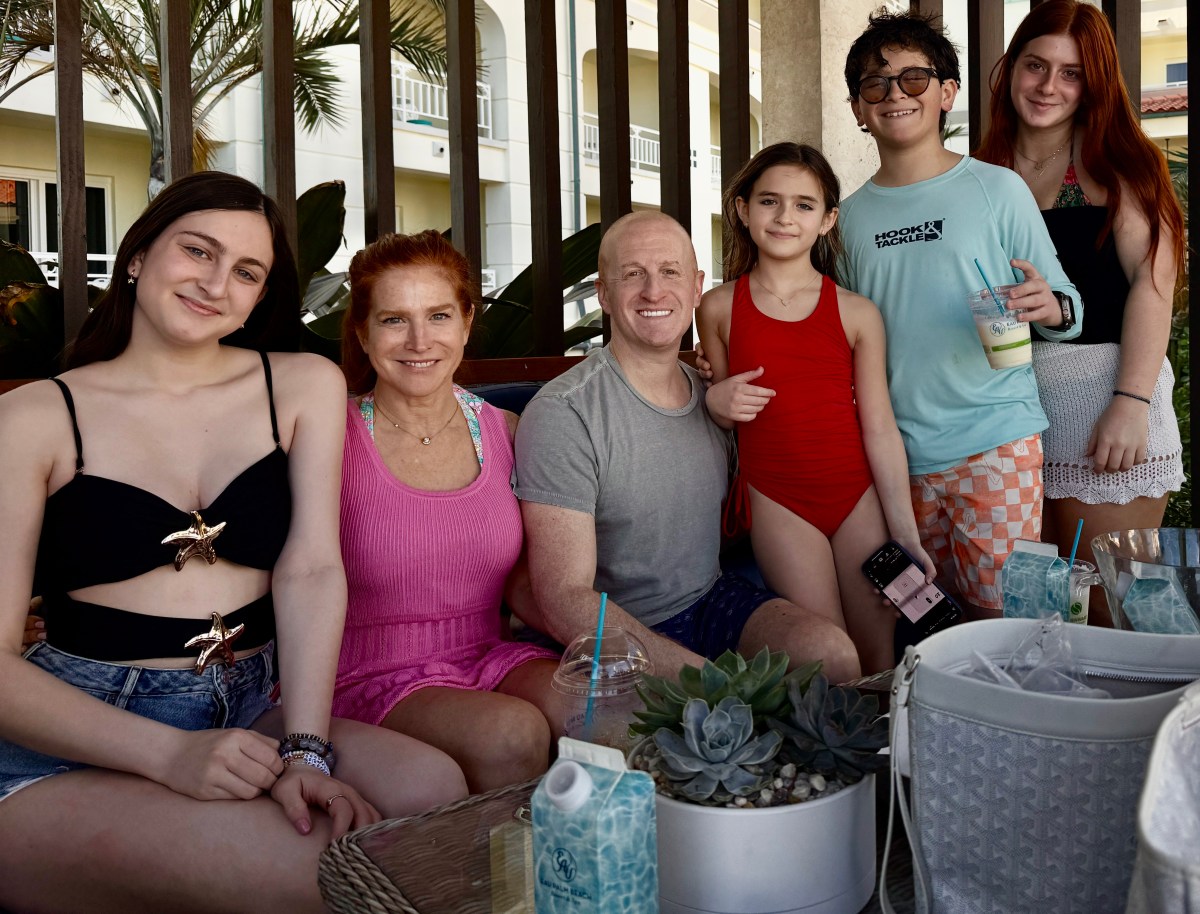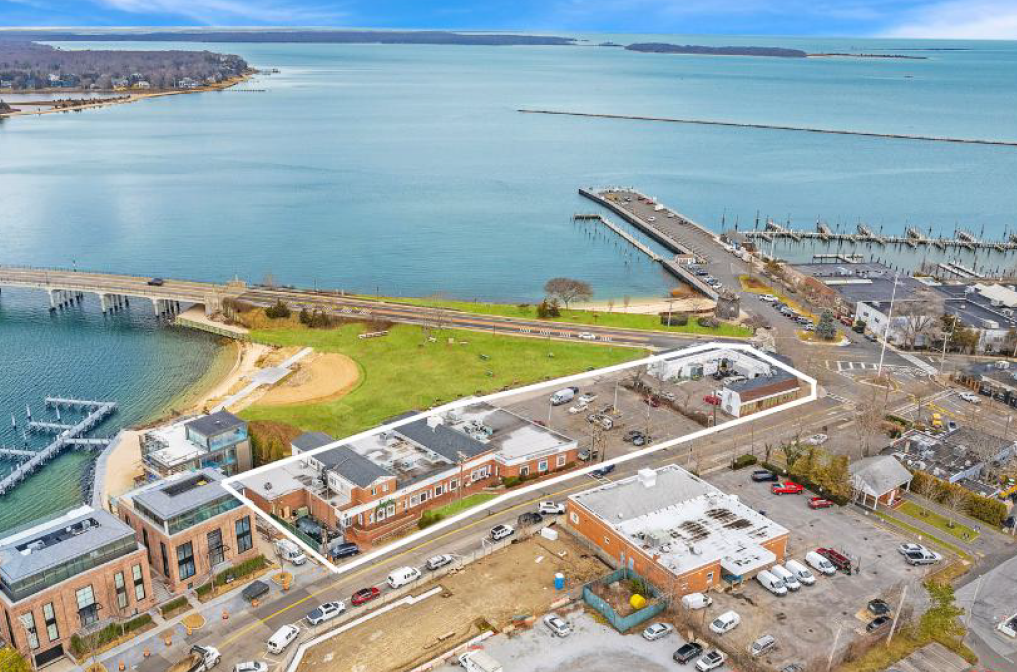Eric Fischl’s Saints of Sag Harbor: Part IX
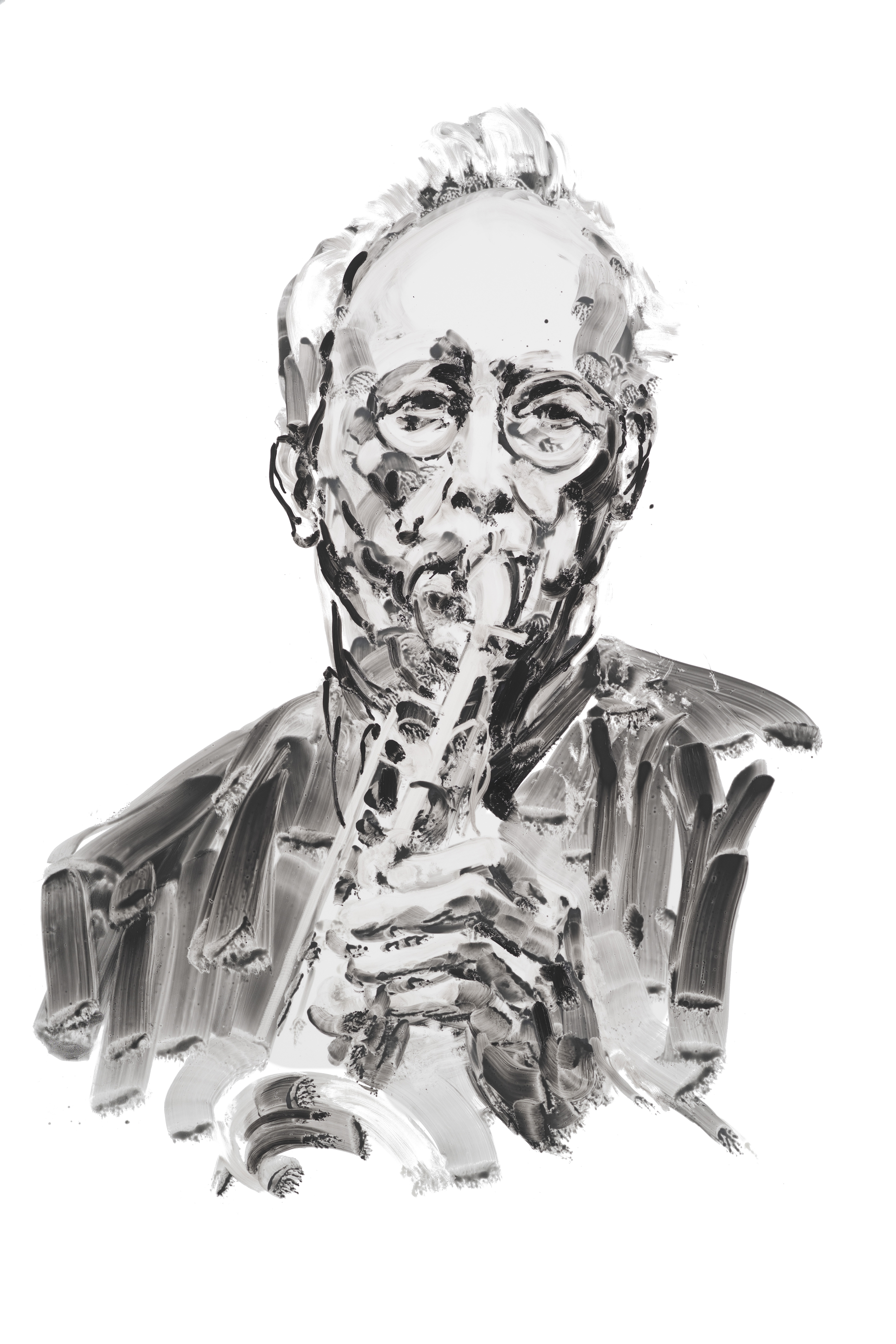
The religious past and the art-as-religion future have intersected within the walls of the Sag Harbor Church, a cultural hub with famed artists/activists April Gornik and Eric Fischl as the founders, and Sara Cochran as executive director.
The soaring building is home to 20 windows; it is there, explained Fischl, where the “arts saints of Sag Harbor, the dead saints, will be canonized.” Fischl’s artistic contribution to the historical narrative of those of who were drawn to the East End as a vortex of creativity shine down from the portals surrounding the space.
For more information about programs, visit sagharborchurch.org.
Dan’s Papers is showcasing two windows a week for 10 weeks, with Fischl’s lighthearted responses when asked the irreverent question, “What would this luminary be the patron saint of, besides Sag Harbor?”
Hal McKusick (1924–2012)
Fischl: “Hal McKusick is the saint for those who wield a hammer and a horn. Blow by blow, tap tap, his precise edges and sharp shapes brought his talent into our world with all the smoothness of his alto sax and the clean lines of his Shaker-inspired tables and chairs.”
Hal McKusick was an American jazz alto saxophonist, clarinetist and flutist. He worked in the big bands of Les Brown, Woody Herman (1943), Boyd Raeburn (1944–45), Alvino Rey (1946), Buddy Rich, Claude Thornhill (1948–49), Terry Gibbs, Elliot Lawrence and many others. McKusick also released albums under his own leadership, including a 1957 album for Prestige titled Triple Exposure.
In 1958, McKusick led a small group with Bill Evans that recorded Cross Section–Saxes, which included contributions from Art Farmer, Paul Chambers, Connie Kay and Barry Galbraith. For this album, McKusick commissioned arrangements from George Handy, Jimmy Giuffre, George Russell and Ernie Wilkins. He also worked on sessions with other prominent jazz musicians such as Lee Konitz and John Coltrane.
McKusick worked with nearly all the famous musicians in the genre, including Charlie Parker and Dizzy Gillespie. He settled in Sag Harbor in 1972, where he taught at the Ross School in East Hampton. In addition to being a jazz great, he was also an impeccable woodworker, and worked in his studio at the Prime House, one of the great old historic houses of Sag Harbor dating from 1795. It was lovingly preserved and maintained thanks to his extraordinary care and talent.
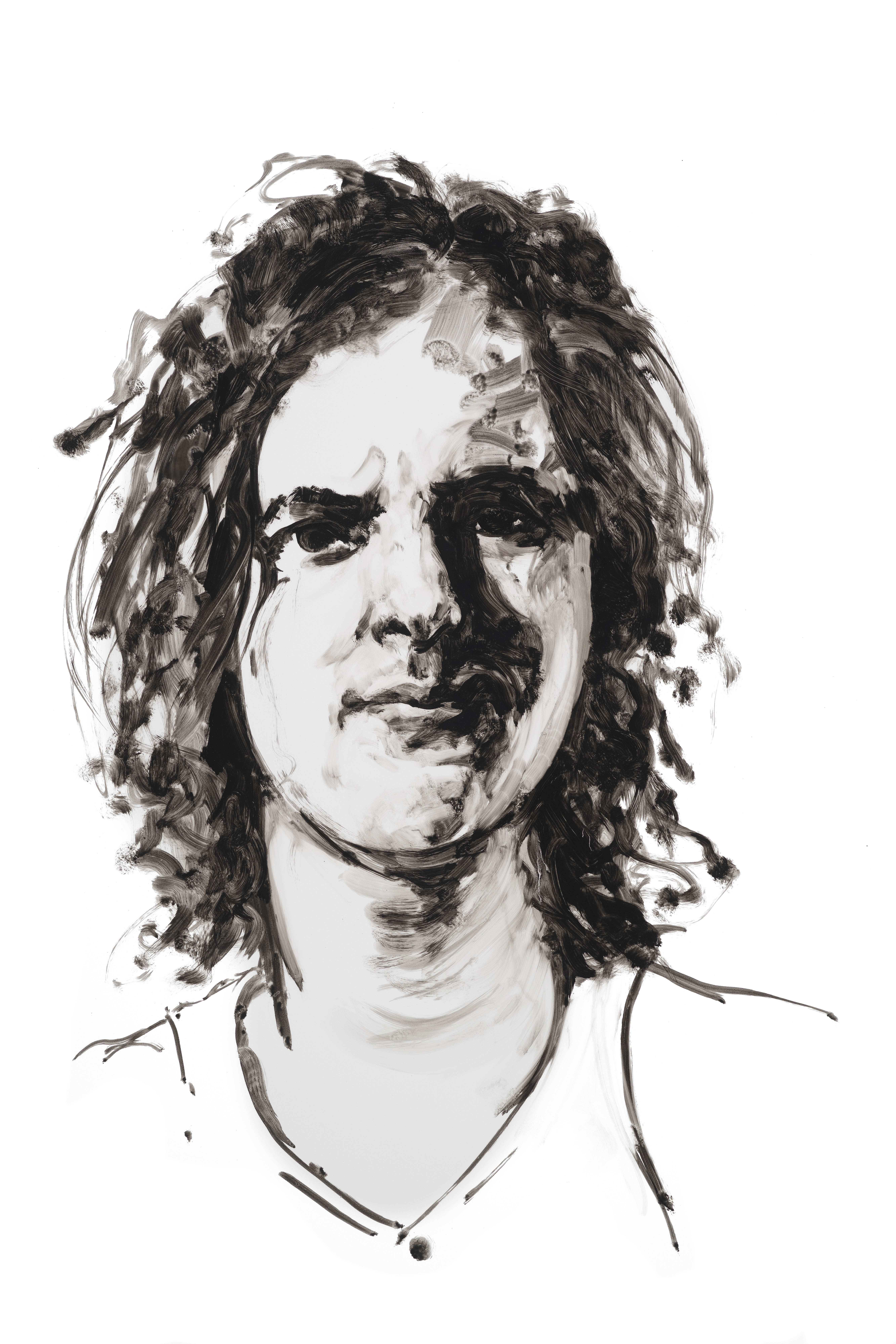
Gordon Roberto Echaurren Matta-Clark (1943–1978)
“Gordon Matta-Clark is the saint for anarchists who would find shelter in deconstructed abodes and nourishment in exotic ingredients that flavor the irrational while inspiring our craving for a new taste,” Fischl says.
Gordon Matta-Clark was an American artist best known for the site-specific artwork he made in the 1970s.
Matta-Clark’s parents were artists Anne Clark and Roberto Matta, the Chilean Surrealist painter. His twin brother Sebastian, also an artist, sadly committed suicide in 1976.
In 1969, curator Willoughby Sharp introduced him to members of the New York art world. Matta-Clark’s work, “Museum,” was shown at Klaus Kertess’ notorious Bykert Gallery.
Matta-Clark, Carol Goodden and Tina Girouard cofounded FOOD, a restaurant in SoHo, New York in 1971, which was managed and staffed by artists. FOOD hosted the Philip Glass Ensemble, Mabou Mines and the dancers of Grand Union, among others. It was in the context of this artistic community that Matta-Clark developed the idea of “anarchitecture,” a conflation of the words anarchy and architecture, to suggest an interest in voids, gaps and leftover spaces.
The artist tragically died of pancreatic cancer at the age of 35 on August 27, 1978 in NYC.
